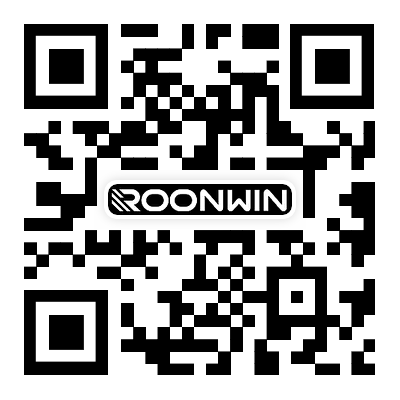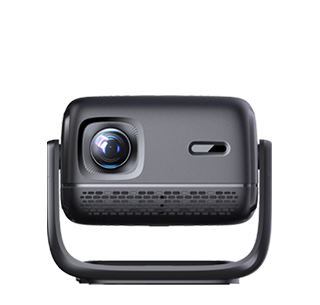
I. Practical Certification Collaboration Case Studies: A Full-Process
Reference from Demand to Implementation
1. North American Market Compliance Case Study (Basic + High-End
Certification Combination)
An audio-visual brand focused on the North American market needed to
quickly enter the mid-to-high-end home projector market. Its core requirements
were mandatory US market certification and high-end image quality certification.
During the collaboration, they first completed electromagnetic compatibility and
electrical safety certifications, addressing the North American market's
mandatory requirements to overcome basic market entry barriers. Simultaneously,
they pursued dual certifications for dynamic metadata HDR and immersive audio.
Pre-certification R&D (integrating image quality calibration standards into
the optical path design phase) avoided late-stage adjustments, ultimately
shortening the certification cycle by 40% compared to the industry average.
After the product launched, the certification boosted the retail price by 35%
compared to a similarly configured uncertified model, and first-month sales
exceeded expectations by 120%.
2. Breakthrough Case Study in Southeast Asia's Emerging Markets (Regional
Certification Adaptation)
A consumer electronics brand expanding into Southeast Asia faced challenges
with complex local certification systems and voltage differences. In response to
the varying certification requirements of various Southeast Asian countries,
electrical safety certification was prioritized to cover core markets. For
electromagnetic compatibility certification requirements in some countries,
pre-testing was conducted in collaboration with local testing organizations to
mitigate the risk of delayed market launches due to failed inspections.
Furthermore, the product was adapted to regional voltage characteristics and
provided a wide-voltage power supply solution to address voltage adaptation
issues in different countries. The product was ultimately launched
simultaneously in five Southeast Asian countries. Due to its certification
compliance and localized adaptation, it achieved market entry two months faster
than its competitors and achieved an initial market share of 28%.
3. European Energy Efficiency Premium Case Study (Energy Efficiency
Certification + Environmental Compliance)
A brand targeting the European market sought to leverage energy efficiency
certification to gain channel advantages and policy support. In addition to
completing EU basic safety certification, the collaboration focused on achieving
European energy efficiency certification. By optimizing light source power
consumption (using a low-power laser module) and heat dissipation design, the
product achieved the highest energy efficiency rating in Europe, successfully
entering the local energy-saving product subsidy catalog and securing priority
display in distribution channels. Furthermore, the product met EU environmental
directives, using recycled plastics and environmentally friendly packaging to
further align with the environmental preferences of European consumers. After
the product's launch, the repurchase rate increased by 22% compared to standard
models due to energy efficiency subsidies and environmental labels.
II. Certification Cost and Return Calculation: Clearly Controlling Input
and Output
1. Certification Cost Structure (By Certification Type)
Basic Safety Certification: Covers globally accepted safety and
environmental standards. The cost per model is concentrated within a certain
range, including testing fees, application fees, and agency service fees. If
simultaneous coverage is required for multiple regions (such as the EU and US),
a joint certification discount of approximately 15% can be obtained through
institutional collaboration.
High-End Picture/Audio Certification: Certification for a cinema-quality
experience is more expensive than Basic Certification, primarily due to the more
complex testing items (such as image quality parameter adjustment and audio
distortion testing). The cost per model varies depending on the number of
certifications. Applying for two or more high-end certifications simultaneously
can reduce retesting costs by approximately 20% through resource
integration.
Regional Certification: Costs fluctuate due to regional policy differences.
Emerging markets (such as Southeast Asia and the Middle East) have fewer testing
facilities, so costs are slightly higher than in mature markets. They also incur
additional localization adaptation costs (such as multilingual manual production
and region-specific power supply design), which account for 10%-15% of the total
regional certification cost.
2. Payback Period and Revenue Calculation (Based on Mainstream Market
Data)
In mature markets (Europe and the United States): Models with high-end
certifications can command a 25%-40% price premium due to high user acceptance.
If a single model maintains stable monthly sales, the average payback period,
after deducting certification costs, is approximately 3-4 months. This can be
shortened to 2-3 months if access to local energy-saving subsidies or high-end
channels is available.
Emerging Markets (Southeast Asia and the Middle East): Investing in basic
certification plus regionally specific certification primarily benefits from
"faster market entry" and "compliance risk mitigation." This avoids sales bans
or fines due to missing certifications (fines for uncertified products in some
markets can reach up to 30% of the value of a single batch). Furthermore, given
the low certification coverage of competing products, this allows companies to
capture approximately 30% of the early market share, resulting in indirect
benefits that outweigh direct costs.
3. Cost Optimization
Supply Chain Integration: Prioritize pre-certified core components (such as
display chips that meet safety standards and panels that meet environmental
requirements). This reduces secondary testing costs caused by component
non-compliance and can lower overall certification costs by 8%-12%.
Certification Reuse: For multiple models within the same product series,
basic certification templates (such as core test data for safety certification)
can be reused, requiring only supplemental differentiated testing (such as
thermal testing for different sizes). This can reduce certification costs per
model by over 30%.
Batch Application: If you release three or more certified models in a
single batch, you can negotiate a bulk application discount with the
certification agency, reducing the average cost per model by 10%-18%.
III. Emerging Market Certification Focus: Targeted Solutions for Practical
Difficulties
1. Southeast Asian Market: Balancing Compliance and Cost
Core Certification Requirements: In addition to basic safety certification,
some countries require electromagnetic compatibility certification, and some
countries require laser safety certification for laser products. Furthermore,
you must meet local Declaration of Conformity requirements for imported goods
and submit a complete test report and product description.
Practical Difficulties: Certification standards vary across countries
(e.g., the same certification may have slightly different test items in
different countries), and the efficiency of local testing agencies varies, which
can easily extend the certification cycle.
Adaptation Solution: Collaborate with international testing agencies
covering multiple Southeast Asian countries to complete core testing uniformly,
supplementing with differentiated items based on country-specific requirements.
Prepare region-specific compliance documents (such as Declaration of Conformity
templates in local languages) in advance to shorten the application process. For
areas with large voltage fluctuations, adopt a wide-voltage power supply design
to avoid certification failures due to voltage issues.
2. Middle East Market: Focus on Certification Timeliness and
Localization
Core Certification Requirements: Mandatory product conformity certification
covering safety, electromagnetic compatibility, and environmental performance
indicators; some Gulf countries have specific requirements for packaging
labeling (such as Arabic language instructions and environmental label
placement).
Practical Difficulties: The certification review process is rigorous, and
applications must be submitted through a designated local agency, resulting in
high communication costs for non-local companies. Some regions have limited
recognition of test reports, making it easy for non-local test reports to be
rejected.
Adaptation Solution: Partner with local certification agencies in the
Middle East to assist with official review processes and shorten application
processing times (from an average of two months to within one month). Prioritize
reports from locally recognized international testing agencies to avoid
duplicate testing. Design packaging labeling in advance according to regional
requirements to ensure compliance with local regulations.
3. Latin American Market: Coping with Policy Fluctuations and Shortages of
Testing Resources
Core Certification Requirements: Major countries require electrical safety
and electromagnetic compatibility certification, while some countries have
mandatory energy efficiency requirements. Imported products must submit a
certificate of origin and certification documents for recordation.
Practical Difficulties: Frequent changes in certification policies in some
countries (such as energy efficiency standard updates) can easily cause
certified products to fail to meet new requirements. There are also a limited
number of local testing organizations, resulting in long testing schedules and
impacting market launches.
Adaptation Solutions: Establish a policy tracking mechanism to obtain
certification standard updates 3-6 months in advance and adjust product designs
accordingly. Collaborate with international testing organizations in neighboring
countries (such as those in Argentina near Brazil) to leverage regional testing
resources and shorten lead times. Complete certification of origin and document
filing in advance to avoid delays during customs clearance due to missing
certification documents.
IV. Core Guarantees of Certification Cooperation: Reduce Risk and Improve
Efficiency
1. Certification Quality Assurance
Pre-Testing Mechanism: Before formal product submission, each product
undergoes simulation testing in our internal laboratory (covering core
indicators such as safety, electromagnetic compatibility, and image quality) to
ensure a pass rate of over 98%, avoiding increased costs and delays due to test
failures.
Batch consistency control: A certification parameter re-inspection process
is implemented during production (e.g., randomly sampling 10% of each batch to
review certification-related indicators) to ensure parameter consistency between
batch products and certified samples, thus avoiding market complaints or
certification invalidation due to batch variations.
2. Cycle and Cost Control
Cycle Commitment: The cycle for basic safety certification of a single
model is controlled within a certain range. The cycle for high-end certification
varies by model. If the cycle is delayed due to our fault, we will bear the
corresponding cost compensation based on the number of days of delay (e.g., a
certain percentage of the certification service fee will be reduced for each
day).
Cost Transparency: A detailed certification cost list (including testing
fees, application fees, service fees, etc.) is provided, with no hidden fees. If
additional testing is required due to subsequent updates to the certification
standards, a cost estimate report will be issued in advance and confirmed with
the partner before proceeding.
Read recommendations:
HN30B Portable - HN Series Projector
Projection Ratio of Projector Screens
Equipment Needed for Projectors
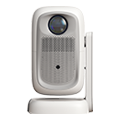
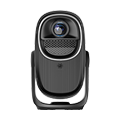



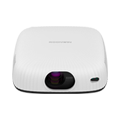
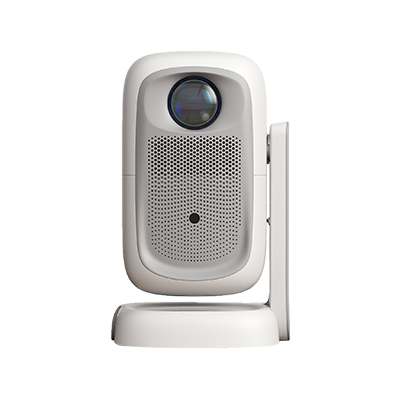
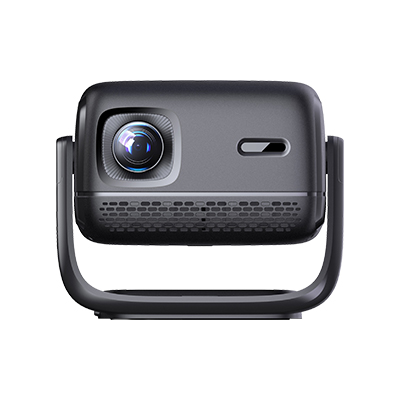
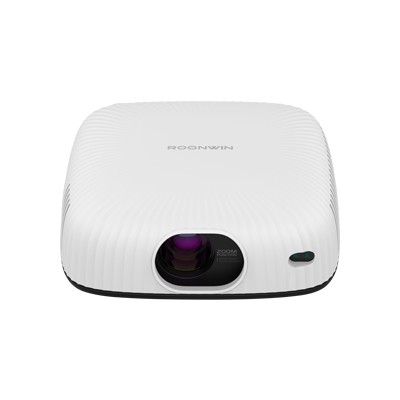









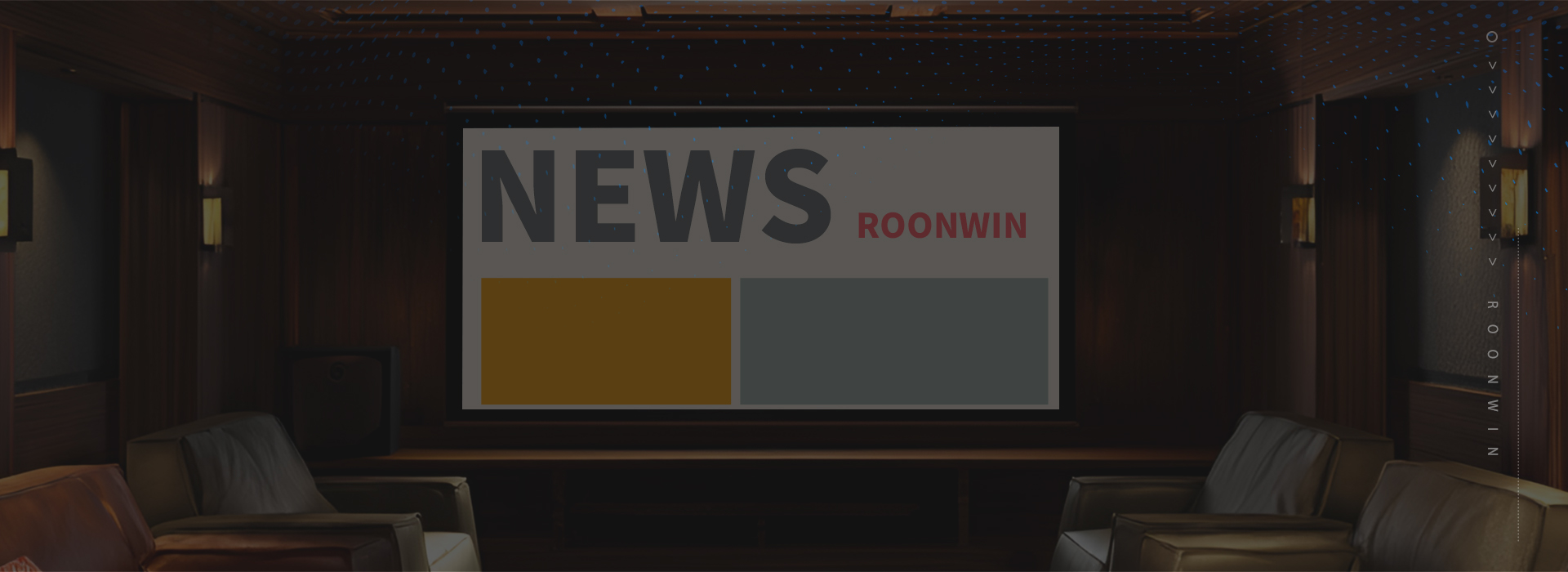
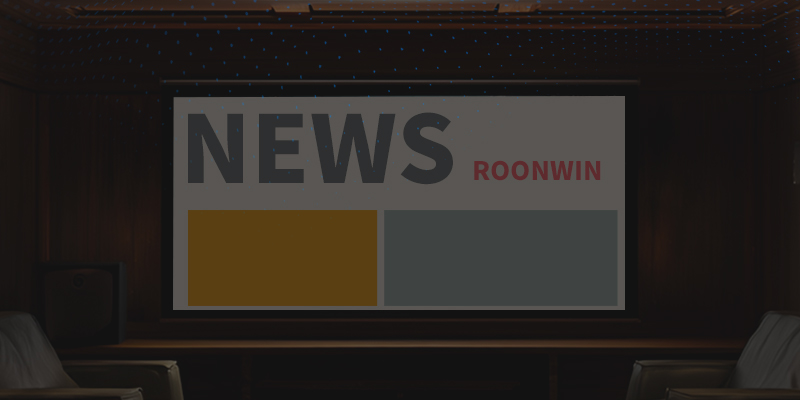
 Reviewed:
Reviewed:










